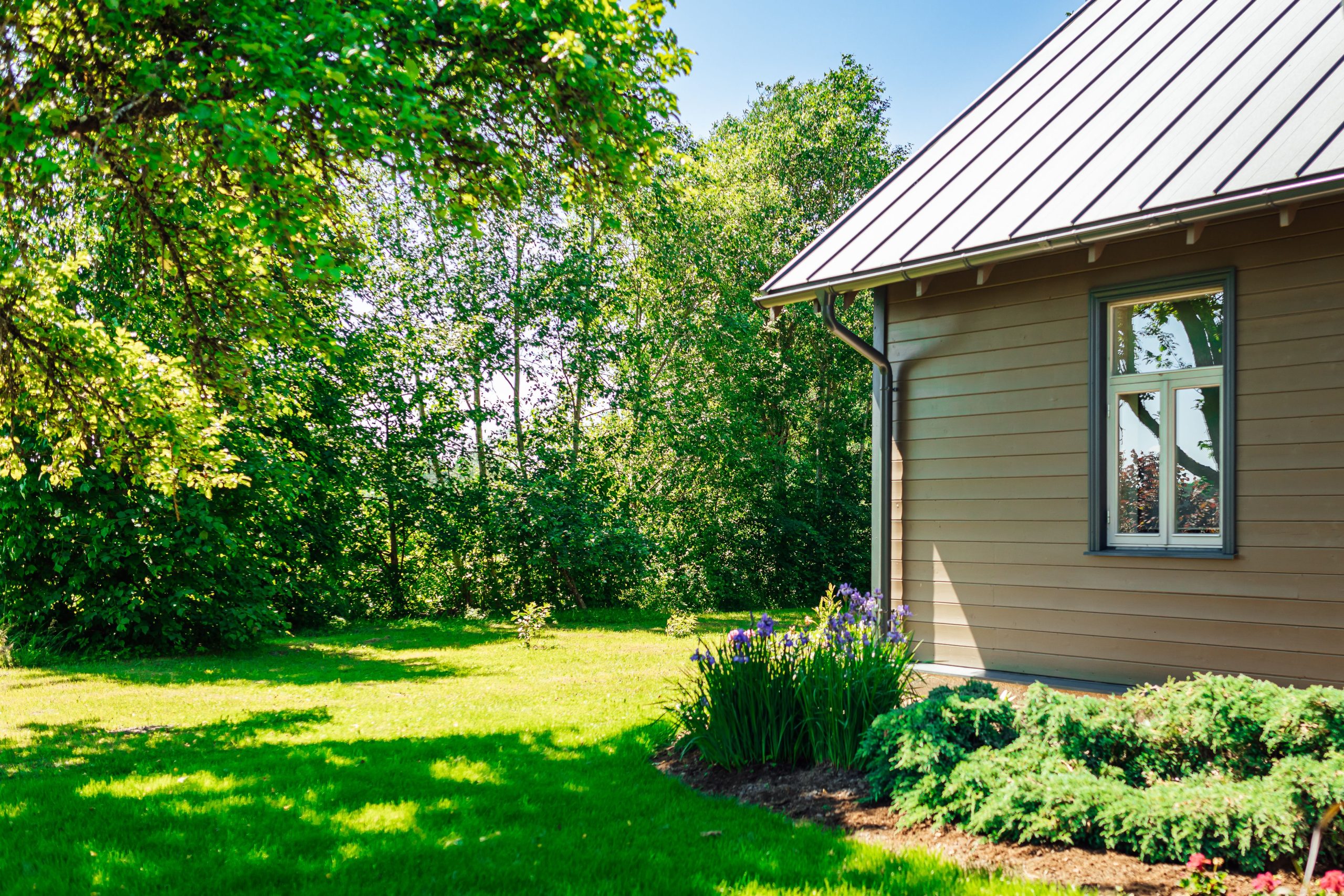Choosing the right siding for your home is a significant decision that affects your property’s appearance, durability, maintenance, and overall value. Two popular choices homeowners often consider are vinyl siding and wood siding. Each has its own advantages and drawbacks, so understanding the differences can help you make the best choice for your needs.
Durability and Longevity
Vinyl Siding
Vinyl siding is made from PVC (polyvinyl chloride) and is highly durable. It resists moisture, rot, and insects, making it a long-lasting option. Vinyl siding can last 30–40 years with minimal upkeep. However, it may crack or fade over time, especially in areas with extreme weather conditions.
Wood Siding
Wood siding is a natural material known for its classic appearance and sturdiness. With proper maintenance, wood siding can last 50 years or more. However, it is vulnerable to moisture, rot, termites, and fire, which can reduce its lifespan if not properly maintained.
Aesthetic Appeal
Vinyl Siding
One of the biggest advantages of vinyl siding is its low maintenance. It only requires occasional cleaning with a hose and mild soap. Unlike wood, it does not need repainting or sealing, making it a hassle-free option for busy homeowners.
Wood Siding
Wood siding requires regular maintenance, including staining or painting every 3–5 years to prevent moisture damage and fading. Additionally, homeowners must watch for insect infestations and mold growth, as wood is more susceptible to these issues.
Cost Considerations
Vinyl Siding
Vinyl siding is one of the most affordable siding options. It typically costs $3 to $8 per square foot, including installation. Its low maintenance costs also make it a budget-friendly long-term choice.
Wood Siding
Wood siding is more expensive, with installation costs ranging from $6 to $12 per square foot. Additionally, the ongoing cost of painting, staining, and repairs makes it a higher-maintenance investment.
Environmental Impact
Vinyl Siding
Vinyl is a synthetic material that is not biodegradable, which raises environmental concerns. However, some manufacturers offer recyclable options to reduce its ecological impact.
Wood Siding
Wood siding is a renewable, biodegradable resource, making it the more eco-friendly option. Choosing wood from sustainable sources or reclaimed wood can further reduce environmental impact.
Which Siding Is Right for You?
- – Choose Vinyl Siding if you want a low-maintenance, cost-effective, and durable option that withstands the elements with minimal upkeep.
- – Choose Wood Siding if you value a natural, customizable aesthetic and are willing to invest in regular maintenance for a timeless look.
Both options have their strengths, so your choice should align with your budget, maintenance preferences, and design goals.

